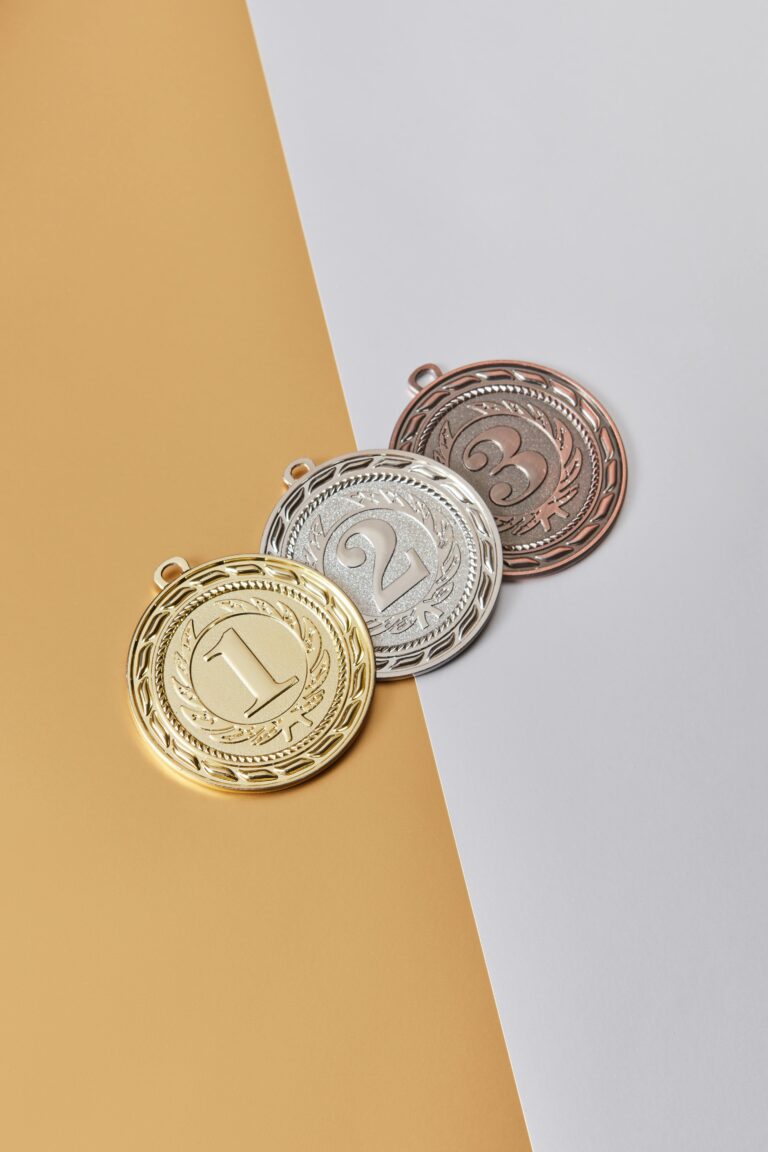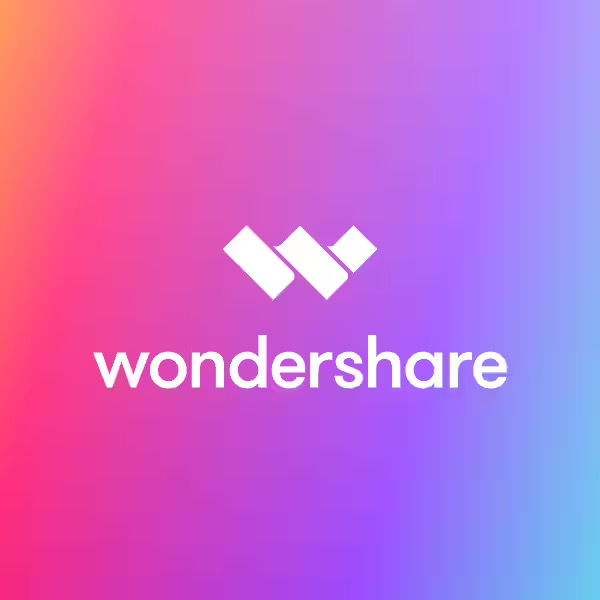How to Read People Better: Using OCEAN and DISC to Lead Smarter
How to Read People Better: Using OCEAN and DISC to Lead Smarter
Let’s move past the cookie-cutter leadership advice. Here’s how to decode behavior using the OCEAN and DISC models — and actually manage people the way they want to be managed.
We’ve all dealt with difficult people — and let’s face it, most of us have been one. That’s just reality. Sometimes you’re the friction in the room and don’t even realize it. Oftentimes, we lay blame on others for being the difficult one. But what if we had enough awareness AND self-awareness to solve both? The trick is understanding why someone acts the way they do and adjusting how you deal with it. We can apply this to clients, coworkers, bosses, peers, vendors, neighbors — anyone.
Now, most of you have probably done a DISC profile at some point, I assume. I’ve done it more than once. DISC identifies four styles: Dominance, Influence, Steadiness, and Compliance. It’s easy to digest, it fits in a slide deck, and corporate trainers love it. But if you want to go deeper — understand why people react the way they do — then OCEAN is the better model.
OCEAN stands for Openness, Conscientiousness, Extraversion, Agreeableness, and Neuroticism. It’s called “the Big Five” in fancy psychology circles and is widely used in psychology, coaching, and behavioral science. It’s academically validated, meaning it holds up under scrutiny. DISC is more about how people show up. OCEAN gives you insight into what’s driving that behavior underneath.
So here’s what I do: I combine both. I take what DISC tells me about how someone works and layer in OCEAN to figure out why they work that way. And that’s where the Platinum Rule comes in — treat others how they want to be treated. Not how you want to be treated. Not how you think they should want to be treated. That’s the mindset shift.
Let’s break down OCEAN trait by trait and I’ll tell you how I use it.
Openness: Are they excited by new ideas and innovation, or do they prefer tradition and familiarity? High-O folks love change, vision talk, and creativity. Low-O folks want proof, structure, and consistency.
If you’re managing a low-O person — or have one as a client — don’t just dump change on them. Talk first about what’s not changing. Reassure them. Then walk them through the why behind the change, step by step.
If someone’s high in Openness? Let them run. Give them new projects. Get out of their way.
Conscientiousness: This is your planner vs. your “wing it” type. High-C folks love detail, timelines, agendas, checklists. Low-C folks want freedom to move. They don’t want to be boxed in by a packed calendar.
As a client manager, you need to know who you’re talking to. A high-C client needs structure. A low-C client will get overwhelmed by too many details. Same thing with your team. You can’t run every meeting the same way for every personality type. And you shouldn’t.
Extraversion: You know this one. High-E people bring the energy. They love group work and interaction. They’re the drop-in types. Low-E people are more reflective. They prefer writing to talking. They need space.
This is where people clash in meetings. If you want a low-E teammate or client to speak up, don’t surprise them. Give them time to prep. Let them bring their thoughts in writing. For high-E folks? Let them open the meeting. Use their energy to set the tone.
Agreeableness: High-A people want harmony. They’ll say yes to keep the peace. They want everyone to win. Low-A people will challenge ideas. They want data, not feelings. They’ll say no — and probably be right.
Both can be tough to deal with. High-A folks say yes to too much and get overwhelmed. Low-A folks come off as difficult when they’re really just analytical. If you manage someone who’s too agreeable, protect them from themselves. If you manage someone who’s low-A, don’t take it personally. Let them voice their concerns and work through it.
Neuroticism: I love this one. It’s all about emotional reactivity. High-N folks feel stress hard. They worry. They need reassurance. Low-N folks stay cool under pressure. They don’t get rattled.
I’m probably middle of the road here. I feel the risk, but I don’t show it. That’s why I do well with clients in a crisis. I stay calm. But I’m aware of risk, and I plan around it.
High-N folks are great at risk prevention. They see the cracks before they turn into holes. But they can get stuck in the worry. You’ve got to help them talk it out. Low-N folks are great in a storm — just make sure they’re not ignoring real risks.
So what’s the point? Knowing where someone falls in OCEAN helps you adapt. You manage up, down, sideways better. You deal with clients better. You avoid unnecessary conflict. And you lead better.
Let’s go back to DISC for a second. It’s popular because it’s simple. Managers like it. It shows up in onboarding, training, even hiring (don’t get me started on that). But it’s surface-level. OCEAN goes deeper. It helps you diagnose behavior — not just label it.
I’m a DISC SC type — Steadiness and Compliance. That means I value structure, I like clear roles, and I hate chaos. I like time to process. I map pretty closely to:
High Conscientiousness
High Agreeableness
Moderate Extraversion (probably a little lower)
Moderate Openness
Moderate Neuroticism
I care a lot about clarity. I don’t like surprises. And I need a little time before I react. That’s me.
Here’s my challenge to you: Pick one difficult interaction from this week. Guess their dominant OCEAN trait. Then adjust. Try meeting them where they are. Not where you are.
Let me know what happens. And thanks, as always, for listening — or reading.
Subscribe to Your Customer, Your Success
We bring real conversations with leaders who are putting customers and people first—in industries that need it most.
Follow the show wherever you get your podcasts or visit Marra CX Hub for more insights, episodes, and behind-the-scenes content.
#CustomerExperience #CandidateExperience #CXLeadership #JobSearch #Recruiting #YourCustomerYourSuccess #MarraCXHub
Latest Articles
Categories
Wondershare is a global leader and pioneer in the field of digital creativity. Their technology is powerful, and their solutions are simple and convenient. They help creators pursue their passions so that together, we can build a more creative world.








